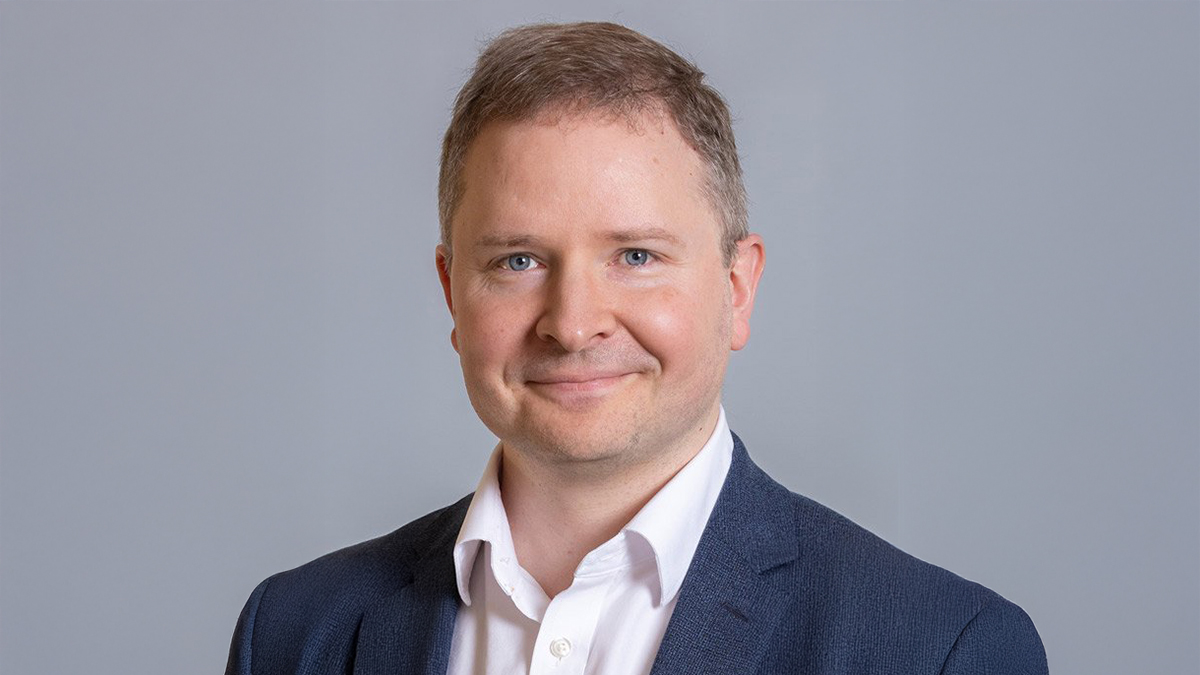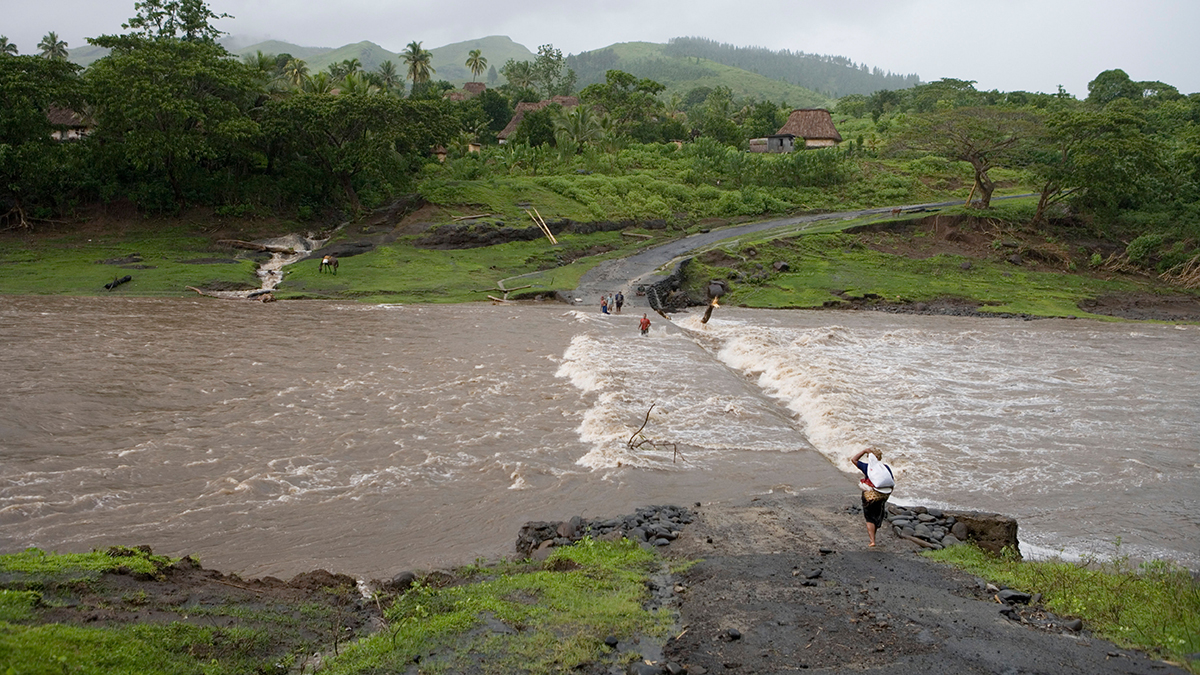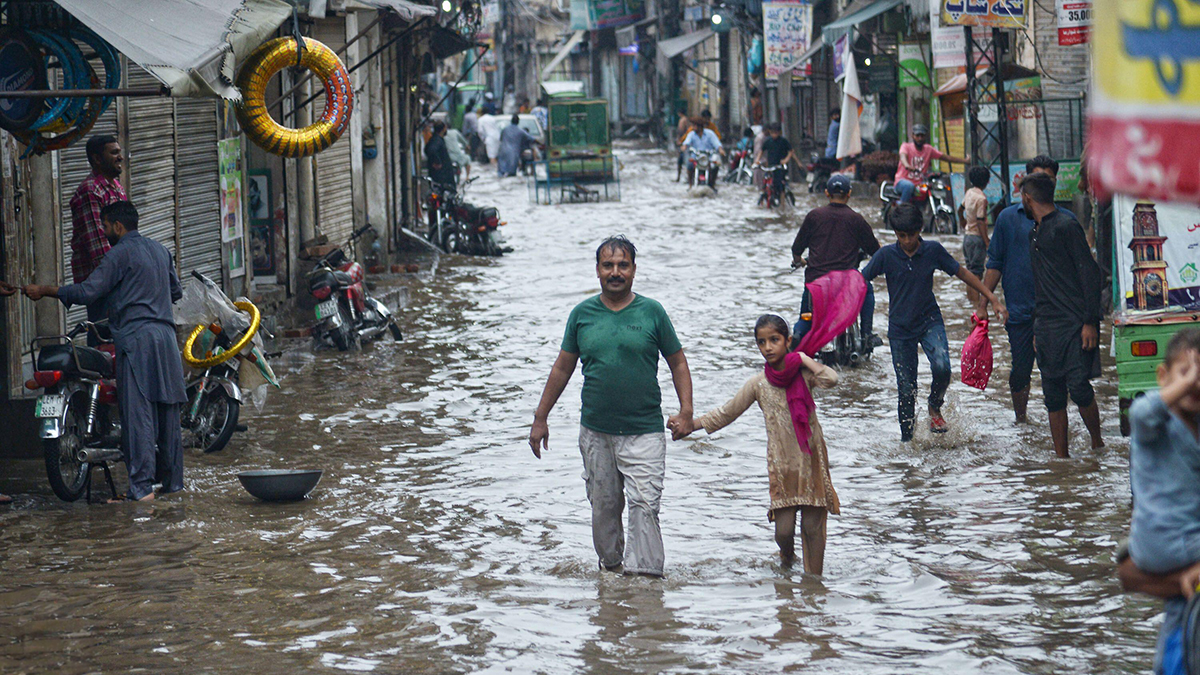Seville conference will deliver clarity on disaster risk
‘FFD4 is a real opportunity to bring in issues around disaster risk to development finance from a policy perspective,’ CDP’s Daniel Clarke says
Centre for Disaster Protection executive director explains progress at UN, World Bank and IMF fora for pre-arranged finance for disaster relief
A UN conference this summer will be a “bellwether” of progress in disaster risk finance, according to the executive director of the Centre for Disaster Protection (CDP), Daniel Clarke.
Taking place in Seville from June 30 to July 3, the Fourth International Conference on Financing for Development (FFD4) aspires to build a renewed global financing framework that will unlock greater volumes of capital at a lower cost. Last convened as much as a decade ago, the gathering will assess what has been achieved by the agreements and commitments of the three previous FFDs – in Monterrey in 2002; in Doha in 2008; and in Addis Ababa in 2015.
On Clarke’s calendar, FFD4 is bookended by the 2025 spring meetings of the World Bank Group and the International Monetary Fund (IMF) in Washington DC last week, from which he spoke to Insurance Day, and the UN’s next round of climate talks, at COP30 in Belém in November.
“FFD4 is a real opportunity to bring in issues around disaster risk to development finance from a policy perspective,” Clarke says, “and it will be an important bellwether of what we achieve.”
He says the FFD process is distinct from COPs as it addresses more than climate change and additionally includes, for example, earthquake and pandemic risks. It also differs from the World Bank and IMF meetings in that it concerns “the whole system” of disaster risk and is thus not limited to their remit.
London-based CDP is a partner of the UK Foreign and Commonwealth Office and international institutions like the World Bank and the UN.
“No single government can wave a magic wand on climate risk and the best you can hope for in these meetings is incremental movement through the sharing of experiences, with the World Bank and IMF facilitating that”
Daniel Clarke
Centre for Disaster Protection
Clarke is a member of the High-Level Panel on Closing the Crisis Protection Gap, a group of 19 leaders from across sectors and geographies that recently presented 10 recommendations for closing the crisis protection gap through pre-arranged finance.
Co-chaired by a former UN under-secretary-general for humanitarian affairs and emergency relief co-ordination and a former World Bank vice-president and treasurer, the credentials of the panel cannot be overstated.
“All these recommendation are ambitious but achievable and an increasing number of international organisations are already headed in this direction,” Clarke says. “They should look to accelerate progress, including increasing the amount of pre-arranged crisis financing they disperse.”
The overriding message Clarke takes to all three events is the panel’s call for a tenfold increase in pre-arranged finance by 2035; up from 2% of the $76bn spent on crisis finance in 2022. CDP will be able to present a more up-to-date figure in its annual report this September, he says, adding there is a time lag between when international donors provide aid and when they document, through the Organisation for Economic Co-operation and Development, what it has been spent on.
As well as a consistent message, the CDP has an accordant approach to international gatherings. “Internally, we call it disaster risk finance diplomacy,” Clarke says.
Loss and damage
One of the open meetings at the World Bank and IMF’s spring meeting this year concerned the loss and damage fund established by the UN Framework Convention on Climate Change in 2022, at COP27 in Sharm El-Sheikh.
Clarke says: “The aim of the fund is to support solidarity with countries that have experienced loss and damage as a result of climate change, which sounds simple but is actually complicated when you get to the details of when, how and who gets that money. That’s fiendishly political and deeply technical, but they are making progress.”
There is already “substantial” international funding for mitigation and adaptation but “so far very little money is tagged as loss and damage as the third pillar of climate talks”, he adds.
The World Bank is the designated “host and bank account” of the loss and damage fund in its nascent stages and the bureaucrats who administer the fund are employed on World Bank contracts, but the fund itself is accountable to a board that is appointed by the COP, Clarke continues.
Disaster risk is on the agenda of the World Bank and IMF’s spring and annual meetings, Clarke stresses, “and there is widespread recognition across the world of the need to do better when it comes to managing disasters and extreme risks”.
To illustrate this point, he points to a meeting he joined with the delegation from Barbados on the Bridgetown Initiative – a call for urgent and decisive action to reform the international financial architecture. “This is a really constructive initiative for what the international system can do to better support countries, particularly small island states, that are vulnerable to the impacts of climate change,” he says.
A recent example of this vulnerability, he adds, was Hurricane Beryl, the deadly and destructive tropical cyclone that affected parts of the Caribbean, the Yucatán peninsula and the Gulf Coast of the US last summer.
Contrasting efforts
Whereas a focus group of government economists is normally sufficient for engagement with the World Bank and the IMF on macrofiscal risk, it is “totally different” with climate risk, which must be a “whole of society effort”, Clarke says.
He continues: “No single government can wave a magic wand on climate risk and the best you can hope for in these meetings is incremental movement through the sharing of experiences, with the World Bank and IMF facilitating that.”
An illustration of incremental progress is the World Bank’s crisis toolkit, which aims to fill knowledge gaps by drawing on lessons learned from earlier responses to crises. “The toolkit was expanded in June 2023 so the bank could, for the first time, collect its instruments together, primarily around pre-arranged finance being ready to go when a disaster strikes,” Clarke says.
New tools include, for example, a climate resilient debt clause – sometimes called a “pause clause” – which the World Bank now offers to some countries, allowing borrowers to defer interest and fee payments. Such an option can make the difference to how rapidly a country and its economy can recover from a disaster, such as when a tropical cyclone hammers a small island state, Clarke says.
The World Bank’s biggest instrument of pre-arranged finance is its development policy loan with a deferred drawdown option – a contingent credit line that has dispersed more than $4bn to date. Clarke says this has evolved beyond being a trigger when an emergency strikes, to being able also to track where money flows and what it is used for.
US administration
Asked about the atmosphere at the spring meeting amid the new US government’s cuts to aid and the federal workforce, Clarke highlights the historically significant role the US has played in disaster relief and the impact of any pause in the work of United States Agency for International Development.
“The two biggest donor countries to disaster risk financing by volume are the UK and Germany, but the US provided more than one-third of the support to the UN in 2023, with a focus on humanitarian aid, and there are 16 countries around the world that rely on the US for 20% of all the aid they receive. Any change to that support will obviously have implications,” he says.
On reports Trump’s administration has shunted the National Oceanic and Atmospheric Administration (NOAA) on to a “non-science trajectory”, Clarke says purchasers of parametric disaster insurance need not worry too much.
“Many parametric insurance policies are triggered by satellite data provided by NOAA and the good policies all have secondary backup triggers from other providers, in case the NOAA data fails,” he says. “If NOAA reduces or changes its approach to providing the type of data used by the insurance industry then the industry will need to shift to other data providers,” he adds.
There was a “huge sigh of relief”, Clarke said, when US Treasury secretary, Scott Bessent, spoke of stronger engagement in his remarks on the sidelines of spring meeting. However, Bessent notably urged the World Bank and IMF to refocus on their “core missions” of macroeconomic stability and development, arguing “mission creep” had knocked them off course, towards climate change, gender and social issues.
Clarke stresses, however, these Bretton Woods institutions have weathered huge shifts in politics since their creation in the aftermath of the Second World War. “Disaster relief and disaster risk are about solidarity and nations have traditionally stood beside those countries affected by shocks. Pre-arranged finance is still the direction of travel, although progress with public policy always requires patience,” he says.
“Re/insurers are used to working in the commercial space and so it is frustrating for them to watch how slowly governments move, but if you look at where we were 10 years ago, you can see common sense usually prevails. The alternative – treating disasters like surprises – is so much worse.”
The decade-long wait for the UN’s next development financing conference, then, should prove to be the bellwether Clarke expects.



